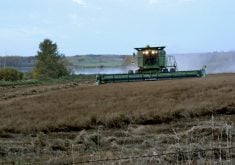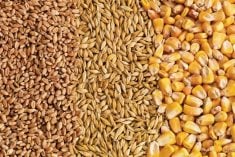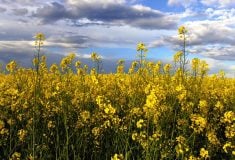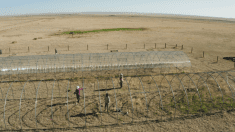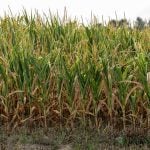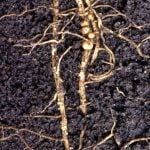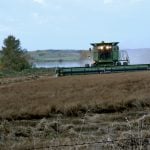A common weed for U.S. corn and bean farmers, and also present in Ontario, just got even more troublesome.
Waterhemp in Illinois was already known to be resistant to four classes of herbicides — triazine, PPO inhibitors, glyphosate and ALS inhibitors. AgWeb is now reporting the the first documented case of resistance to post-emergence HPPD inhibitor herbicides (Group 27). Products with this group include Laudis, Impact and Callisto.
A waterhemp population in a central Illinois seed corn production field has been shown to withstand foliar applications of the popular herbicide.
Read Also
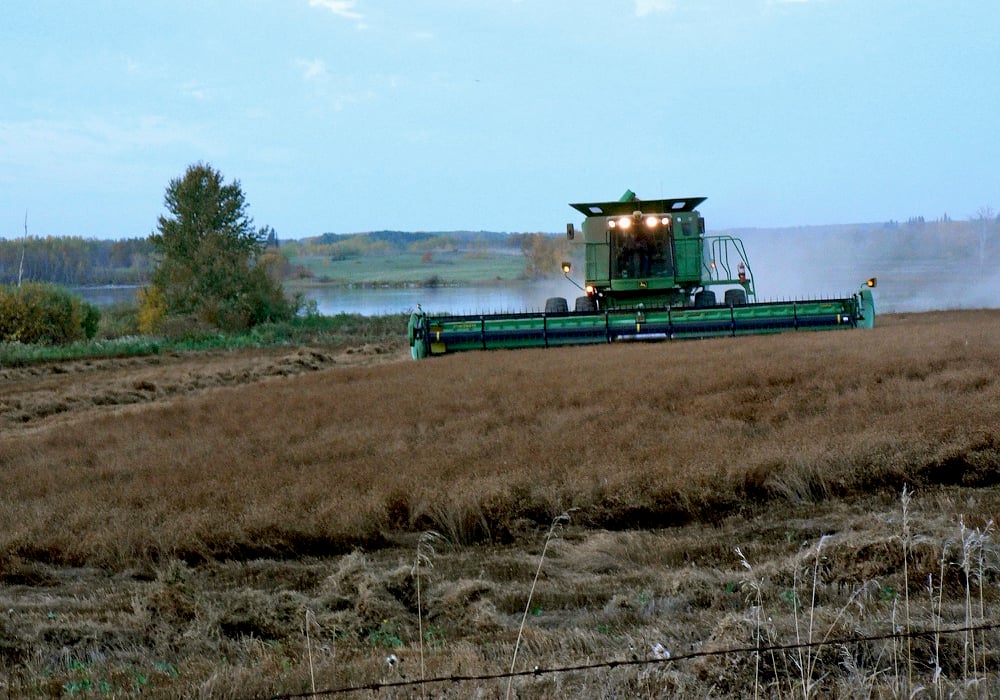
Most of Manitoba harvest wraps up for 2025
Manitoba Agriculture issued its final crop report of 2025, showing the overall provincewide harvest at 97 per cent complete as of Oct. 20. Nearly all major crops have finished combining, with 37 per cent of Manitoba’s sunflowers finished, plus 71 per cent of grain corn and small amounts of soybeans and potatoes left to do.
University of Illinois weed scientist Aaron Hager said anecdotal reports from the field in 2009 indicated there might be a problem, which was reinforced by greenhouse tests.
“Field research conducted in 2010 has confirmed the greenhouse results,” Hager says int he AgWeb article. “Foliar-applied HPPD inhibitors, alone or tank-mixed with atrazine, provided poor control of this waterhemp population.”
Common waterhemp is a member of the pigweed or amaranth family. Like corn and sorghum, it is a C4 plant that is very efficient at fixing carbon. It’s capable of producing 500,000 seeds per plant that tend to germinate throughout the summer.


